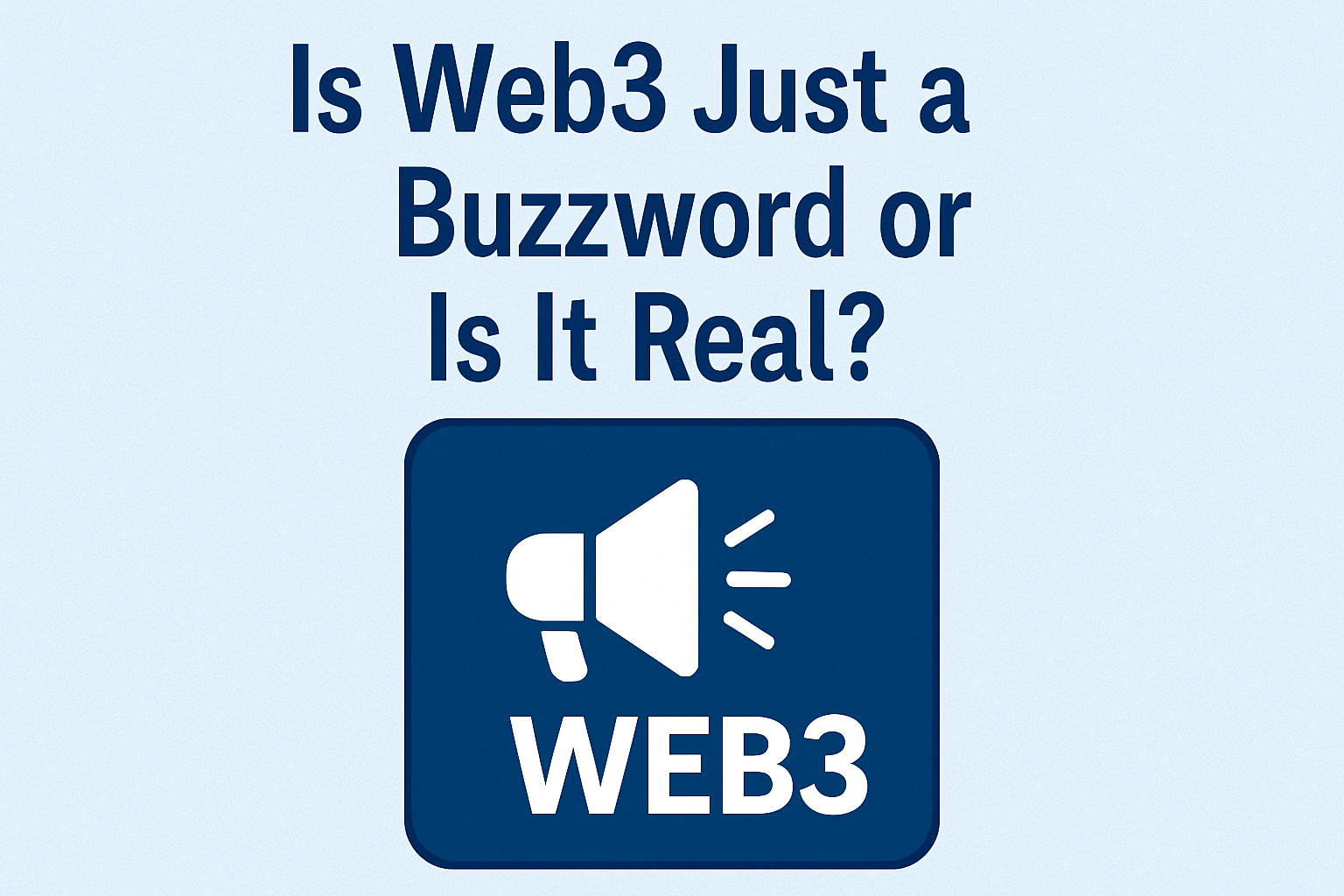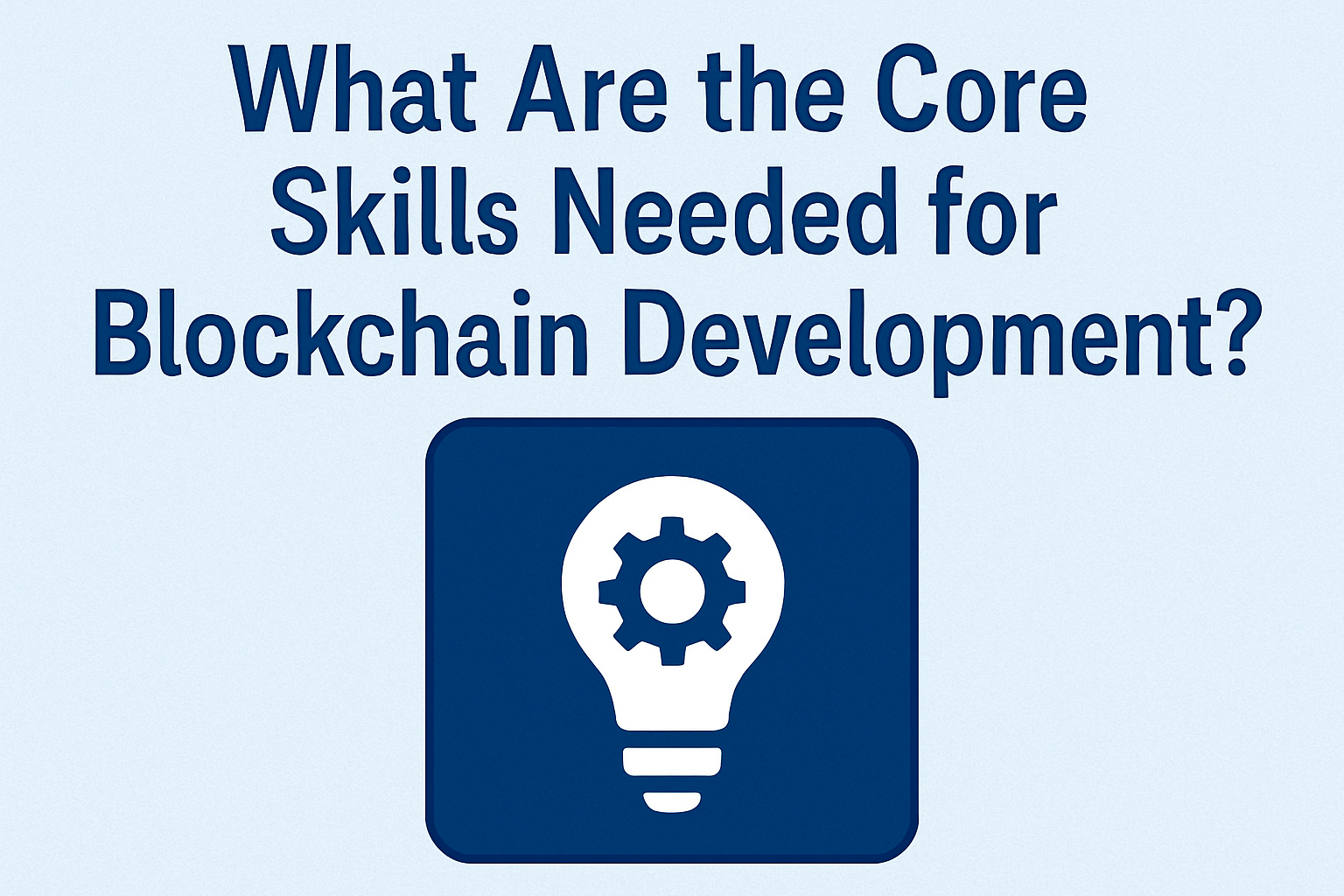What Ethical Issues Arise When Combining AI and Blockchain?

The convergence of artificial intelligence and blockchain technology represents one of the most transformative developments in the digital age. While AI brings unprecedented computational power and decision-making capabilities, blockchain offers decentralization, transparency, and immutability. Together, these technologies promise to revolutionize industries from finance and healthcare to supply chain management and governance. However, this powerful combination also raises significant ethical concerns that society must address as adoption accelerates. Understanding these ethical challenges is crucial for developers, policymakers, and users navigating this emerging landscape.
The Promise and Peril of AI-Blockchain Integration
AI and blockchain complement each other in compelling ways. Blockchain can provide transparent, auditable records of AI decision-making processes, addressing the "black box" problem where AI systems make decisions without clear explanations. Meanwhile, AI can optimize blockchain networks, improve consensus mechanisms, and analyze on-chain data to detect fraud or market manipulation.
In cryptocurrency markets, this integration has become particularly prominent. Platforms like Token Metrics leverage AI algorithms to analyze blockchain data, providing traders with sophisticated market predictions, portfolio recommendations, and risk assessments. As a leading crypto trading and analytics platform, Token Metrics demonstrates how AI can process vast amounts of on-chain data to generate actionable insights for investors. However, even beneficial applications raise ethical questions about fairness, accountability, and the concentration of power.
Algorithmic Bias and Discrimination
One of the most pressing ethical concerns involves algorithmic bias embedded in AI systems operating on blockchain networks. AI models learn from historical data, which often contains societal biases related to race, gender, socioeconomic status, and geography. When these biased AI systems make decisions recorded immutably on blockchains, discrimination becomes permanently encoded in decentralized systems.
In decentralized finance (DeFi), AI-powered lending protocols might discriminate against certain demographics based on biased training data, denying loans or charging higher interest rates to specific groups. Once these decisions are recorded on blockchain, they become part of an unchangeable historical record. Unlike traditional systems where discriminatory practices can be corrected retroactively, blockchain's immutability makes addressing past injustices significantly more challenging.
The cryptocurrency trading space faces similar concerns. AI trading algorithms analyzing blockchain data might inadvertently disadvantage retail investors by identifying and exploiting patterns faster than humans can react. While platforms like Token Metrics aim to democratize access to AI-powered trading insights, the question remains whether such tools truly level the playing field or simply create new forms of information asymmetry.
Transparency vs. Privacy Trade-offs
Blockchain's fundamental transparency creates ethical dilemmas when combined with AI systems processing sensitive information. Public blockchains record all transactions permanently and visibly, while AI can analyze these records to extract patterns and identify individuals despite pseudonymous addresses.
Advanced machine learning algorithms can correlate on-chain activity with real-world identities by analyzing transaction patterns, timing, amounts, and associated addresses. This capability threatens the privacy that many blockchain users expect. Individuals engaging in perfectly legal activities might face surveillance, profiling, or discrimination based on AI analysis of their blockchain transactions.
Privacy-focused blockchains attempt to address this concern through cryptographic techniques like zero-knowledge proofs, but integrating AI with these systems remains technically challenging. The ethical question becomes: how do we balance the benefits of AI-driven blockchain analysis—such as fraud detection and regulatory compliance—with individuals' rights to privacy and financial autonomy?
Accountability and the Question of Control
When AI systems operate autonomously on decentralized blockchain networks, determining accountability for harmful outcomes becomes extraordinarily complex. Traditional legal frameworks assume identifiable parties bear responsibility for decisions and actions. However, AI-blockchain systems challenge this assumption through distributed control and autonomous operation.
Smart contracts executing AI-driven decisions raise fundamental questions: Who is responsible when an autonomous AI system makes a harmful decision recorded on blockchain? Is it the developers who created the algorithm, the validators who approved the transaction, the users who deployed the contract, or the decentralized network itself? The absence of clear accountability mechanisms creates ethical and legal grey areas.
In cryptocurrency markets, this manifests through algorithmic trading systems that can manipulate markets or cause flash crashes. When AI trading bots operating on blockchain-based exchanges create extreme volatility, identifying responsible parties and providing recourse for affected investors becomes nearly impossible. Even sophisticated platforms like Token Metrics, which provide AI-powered analytics to help traders navigate volatile markets, cannot fully eliminate the risks posed by autonomous algorithmic trading systems operating beyond any single entity's control.
Environmental and Resource Concerns
The environmental ethics of combining energy-intensive technologies cannot be ignored. Both AI training and blockchain networks, particularly those using proof-of-work consensus mechanisms, consume enormous amounts of electricity. Training large AI models can generate carbon emissions equivalent to the lifetime emissions of multiple cars, while Bitcoin's network alone consumes energy comparable to entire countries.
Combining these technologies multiplies environmental impact. AI systems continuously analyzing blockchain data, executing trades, or optimizing network operations require constant computational resources. As AI-blockchain applications scale, their cumulative environmental footprint raises serious ethical questions about sustainability and climate responsibility.
The cryptocurrency industry has begun addressing these concerns through proof-of-stake mechanisms and carbon offset programs, but the integration of AI adds another layer of energy consumption that requires ethical consideration. Companies developing AI-blockchain solutions bear responsibility for minimizing environmental impact and considering the broader consequences of their technological choices.
Market Manipulation and Fairness
AI systems analyzing blockchain data possess capabilities that raise fairness concerns in financial markets. Sophisticated algorithms can detect patterns, predict price movements, and execute trades at speeds impossible for human traders. When these AI systems operate on transparent blockchains, they can front-run transactions, manipulate order books, or exploit retail investors.
The ethical question centers on whether such technological advantages constitute fair market participation or exploitation. While AI-powered platforms like Token Metrics democratize access to advanced analytics, helping retail traders compete more effectively, the fundamental asymmetry remains between those with cutting-edge AI capabilities and those without.
Maximum extractable value (MEV) exemplifies this ethical challenge. AI systems can analyze pending blockchain transactions and strategically order their own transactions to extract value, essentially taking profits that would otherwise go to regular users. This practice, while technically permitted by blockchain protocols, raises questions about fairness, market integrity, and whether decentralized systems truly serve their egalitarian ideals.
Autonomous Decision-Making and Human Agency
As AI systems become more sophisticated in managing blockchain-based applications, concerns about human agency intensify. Decentralized Autonomous Organizations (DAOs) governed by AI algorithms might make decisions affecting thousands of people without meaningful human oversight. The ethical implications of ceding decision-making authority to autonomous systems deserve careful consideration.
In finance, AI-managed investment funds operating on blockchain rails make portfolio decisions affecting people's financial futures. While these systems may optimize for returns, they might not consider the broader ethical implications of investments, such as environmental impact, labor practices, or social consequences. The question becomes whether we should allow autonomous systems to make consequential decisions, even if they perform better than humans by certain metrics.
Data Ownership and Exploitation
AI systems require vast amounts of data for training and operation. When this data comes from blockchain networks, ethical questions about ownership, consent, and compensation arise. Users generating on-chain data through their transactions and interactions may not realize this information trains AI models that generate profits for technology companies.
The ethical principle of data sovereignty suggests individuals should control their own data and benefit from its use. However, public blockchains make data freely available, and AI companies can harvest this information without permission or compensation. This dynamic creates power imbalances where sophisticated entities extract value from the collective activity of blockchain users who receive nothing in return.
Platforms operating in this space, including analytics providers like Token Metrics, must grapple with these ethical considerations. While analyzing public blockchain data is technically permissible, questions remain about fair value distribution and whether users contributing data should share in the profits generated from its analysis.
Moving Forward: Ethical Frameworks for AI-Blockchain Integration
Addressing these ethical challenges requires proactive measures from multiple stakeholders. Developers should implement ethical design principles, including bias testing, privacy protections, and accountability mechanisms. Policymakers need to create regulatory frameworks that protect individuals while fostering innovation. Users must educate themselves about the implications of AI-blockchain systems and advocate for ethical practices.
Industry leaders like Token Metrics and other crypto analytics platforms have opportunities to set ethical standards, demonstrating how AI-blockchain integration can serve users fairly while maintaining transparency about capabilities and limitations. The path forward requires balancing innovation with responsibility, ensuring these powerful technologies enhance rather than undermine human welfare, autonomy, and dignity.
The ethical issues arising from AI-blockchain convergence are complex and evolving, but addressing them thoughtfully will determine whether these technologies fulfill their transformative potential or create new forms of inequality and harm in our increasingly digital world.
Create Your Free Token Metrics Account

.png)




%201.svg)
%201.svg)


%201.svg)










.svg)




.png)